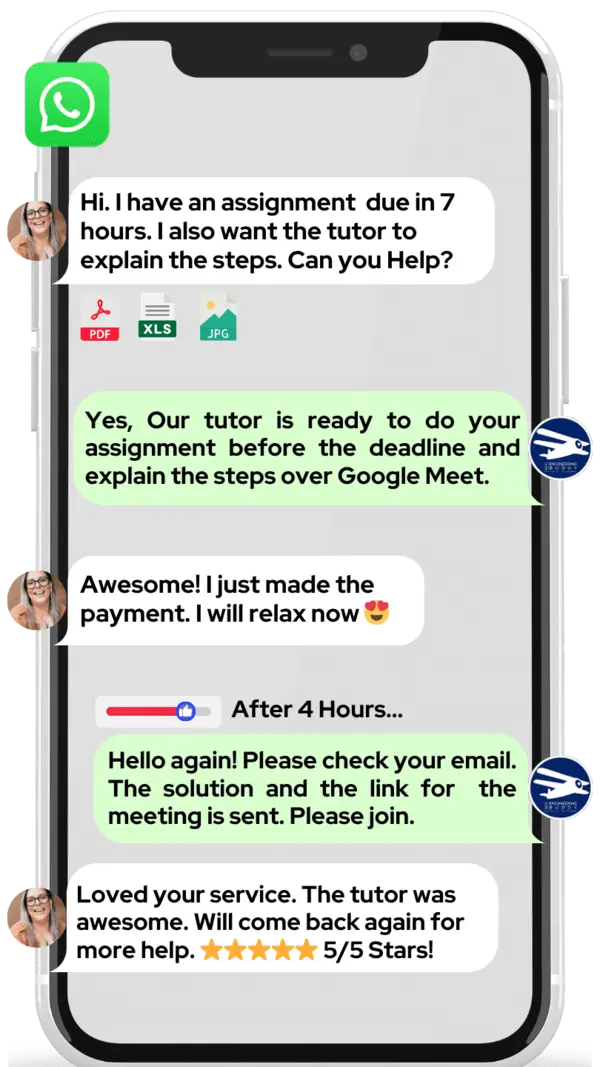

Hire The Best Spanish Tutor
Top Tutors, Top Grades. Without The Stress!
10,000+ Happy Students From Various Universities
Choose MEB. Choose Peace Of Mind!
How Much For Private 1:1 Tutoring & Hw Help?
Private 1:1 Tutors Cost $20 – 35 per hour* on average. HW Help cost depends mostly on the effort**.
Spanish Online Tutoring & Homework Help
What is Spanish?
Spanish is a Romance language from the Iberian Peninsula, now spoken by over 480 million native speakers worldwide. It’s the official language in 21 countries across Latin America, Europe, and Africa, and one of the six official languages of the United Nations. e.g. (for example), Netflix often offers Spanish subtitles.
Popular alternative names include Español, Castellano and Castilian. In Spain you’ll often hear locals say Castellano in a cafe. Many high schools in the US list their language courses as Spanish (Español). Linguists sometimes refer to it as Castilian when distinguishing dialects.
Major topics cover phonetics and pronunciation drills like rolling the “r” in corrido; lexicon expansion with false friends and cognates; core grammer concepts such as verb conjugations in present, past and future tenses; syntax and sentence structure; semantics for understanding nuance; pragmatics for real‑world conversations; plus cultural studies exploring regional dialects, literature analysis (e.g. Gabriel García Márquez), and writing skills to craft essays or reports.
Spanish emerged from Vulgar Latin introduced by Roman soldiers in Iberia around the 3rd century BCE. Over centuries, Visigothic and later Arabic influences during Moorish rule enriched its vocabulary. King Alfonso X of Castile in the 13th century promoted a standardized written form. 1492 saw Antonio de Nebrija publish the first Spanish grammar, marking it as the first vernacular grammar in Europe. The colonial era then spread Spanish across the Americas. In 1713 the Real Academia Española (RAE) was founded to oversee linguistic norms. Today it continues to adapt Spanish for digital communication and global media.
How can MEB help you with Spanish?
Do you want to learn Spanish? At MEB, our tutors give you one-on-one online Spanish lessons. If you are a student in school, college, or university and want top grades on your assignments, lab reports, projects, essays, or dissertations, our 24/7 online Spanish homework help is here for you. We prefer WhatsApp chat, but if you don’t use it, please email us at meb@myengineeringbuddy.com
Most of our students come from the USA, Canada, the UK, Gulf countries, Europe, and Australia.
Students ask us for help because some subjects are hard, they have too much homework, or they face health or personal issues. Some work part-time, miss classes, or find it hard to keep up with their professor.
If you are a parent and your ward is struggling in Spanish, contact us today. Our tutors will help your ward ace exams and homework.
MEB also offers support in more than 1000 other subjects with expert tutors. Getting help when you need it makes learning easier and less stressful.
DISCLAIMER: OUR SERVICES AIM TO PROVIDE PERSONALIZED ACADEMIC GUIDANCE, HELPING STUDENTS UNDERSTAND CONCEPTS AND IMPROVE SKILLS. MATERIALS PROVIDED ARE FOR REFERENCE AND LEARNING PURPOSES ONLY. MISUSING THEM FOR ACADEMIC DISHONESTY OR VIOLATIONS OF INTEGRITY POLICIES IS STRONGLY DISCOURAGED. READ OUR HONOR CODE AND ACADEMIC INTEGRITY POLICY TO CURB DISHONEST BEHAVIOUR.
What is so special about Spanish?
Spanish stands out as one of the world’s most spoken languages. It uses simple pronunciation rules and a clear link between letters and sounds. Its roots in Latin bring many familiar words to English speakers. Across continents, it blends unique cultures, music, and traditions. Learning Spanish opens doors to rich literature, movies, and vibrant communities in Spain, Latin America, and beyond.
Studying Spanish offers clear benefits and some challenges. On the plus side, it boosts travel experiences, broadens job options, and sharpens brain skills. It also pairs well with other romance languages. On the downside, Spanish has many irregular verbs, gendered nouns, and regional slang that can confuse beginners. Some dialects use different vocabulary, requiring extra practice to understand local accents and expressions.
What are the career opportunities in Spanish?
After learning introductory Spanish, students can move on to courses in Spanish literature, linguistics, and advanced conversation. Many universities now offer online certificates in Latin American studies or translation. Recent trends include courses on digital media in Spanish and business communication.
Spanish speakers can work as translators, interpreters, or bilingual customer support agents. There is growing demand for Spanish content creators, social media managers, and teachers. Nature of work often involves reading texts, translating documents, leading conversations, and adapting messages for different audiences.
We study Spanish to communicate with over 500 million speakers worldwide. Test prep helps students pass exams like DELE and AP Spanish, which open doors to scholarships and study-abroad programs. Learning boosts listening, speaking, reading, and writing skills in a structured way.
Spanish is useful in travel, global business, healthcare, and law enforcement. It lets you read books in their original language, watch films without subtitles, and connect with more people. Bilingualism also improves brain health and job prospects.
How to learn Spanish?
Start by learning everyday words and simple grammar. Set a study plan with short daily lessons on vocabulary, verb forms and sentence patterns. Listen to Spanish audio, mimic pronunciation and practice speaking with language apps or friends. Read easy texts and write short paragraphs to build confidence. Regular review and speaking practice help move from basic to more complex topics.
Spanish is not as hard for English speakers because it uses the same alphabet and many similar words. You will need to learn noun genders, verb tenses and some new sounds, but steady practice makes it easier. Patience and consistency turn these challenges into milestones.
You can start on your own with apps, videos and books, but a tutor adds structure, corrects mistakes and keeps you motivated. A tutor explains confusing points, offers personalized feedback and adjusts lessons to your pace. If you study solo, join online groups or conversation partners to stay on track.
Our team at MEB offers 24/7 one‑on‑one Spanish tutoring, personalized study plans and assignment support. We match you with expert tutors, offer flexible schedules and track your progress on every skill: reading, writing, listening and speaking. All this comes at affordable fees to fit student budgets.
Time to learn Spanish depends on your goals and hours per week. With 30 minutes a day, you can handle basics in about three to six months. To reach intermediate level, plan for six to twelve months. If you need to prep for a test or assignment, a few weeks of focused study and tutoring can boost your score.
Try YouTube channels like Dreaming Spanish, Butterfly Spanish and SpanishPod101 for free video lessons. Use sites such as Duolingo.com for daily drills, BBC Languages for clear grammar guides and StudySpanish.com for quizzes. For reference books, many learners use Practice Makes Perfect: Complete Spanish Grammar, Easy Spanish Step‑by‑Step by Barbara Bregstein, 501 Spanish Verbs by Christopher Kendris and Madrigal’s Magic Key to Spanish. SpanishDict.com and WordReference.com are great for translations and verb conjugations. Podcasts like Coffee Break Spanish can boost listening skills.
College students, parents and tutors from the USA, Canada, the UK, Gulf countries and beyond: if you need a helping hand—whether online 1:1 24/7 tutoring or assignment support—our tutors at MEB can help at an affordable fee.












